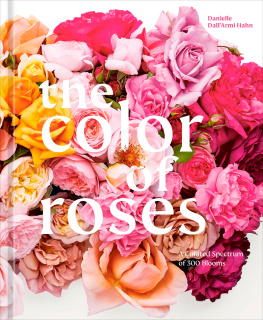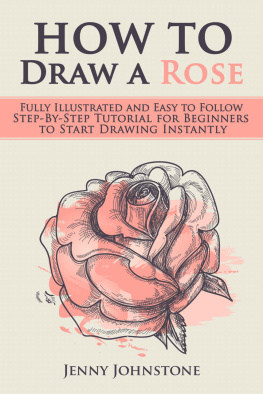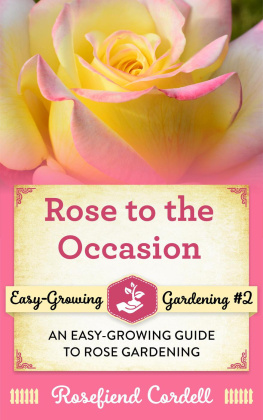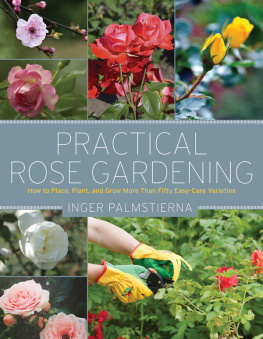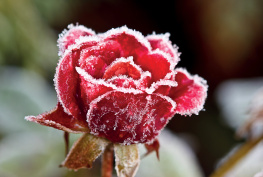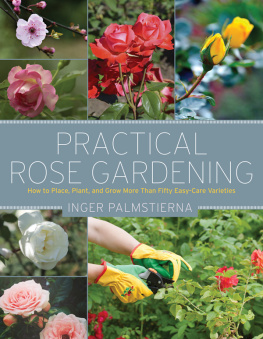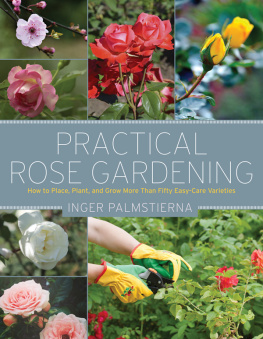RIGHT ROSE RIGHT PLACE
359 Perfect Choices for Beds, Borders, Hedges and Screens, Containers, Fences, Trellises, and More
PETER SCHNEIDER


The mission of Storey Publishing is to serve our customers by publishing practical information that encourages personal independence in harmony with the environment.
Edited by Gwen Steege and Fern Marshall Bradley
Art direction and design production by Cynthia N. McFarland
Cover and interior design by Think Design, NYC
Cover photography credits:
Jacket front (clockwise from top right): Ian Adams; Ian Adams; Paul E. Jerabek,
9/7/19096/30/2008; Ian Adams; David Austin Roses Ltd.; Rosemary Kautzky
Jacket back: Ian Adams, top; Ian Adams, middle; Saxon Holt, bottom right;
Rosemary Kautzky, bottom left
Jacket flaps: Ian Adams, front; authors photo (back) Ian Adams
Jacket spine: Ian Adams, top; Paul E. Jerabek, 9/7/19096/30/2008, bottom
Interior photography credits appear on page 260
Indexed by Christine R. Lindemer, Boston Road Communications
2009 by Peter Schneider
All rights reserved. No part of this book may be reproduced without written permission from the publisher, except by a reviewer who may quote brief passages or reproduce illustrations in a review with appropriate credits; nor may any part of this book be reproduced, stored in a retrieval system, or transmitted in any form or by any meanselectronic, mechanical, photocopying, recording, or otherwithout written permission from the publisher.
The information in this book is true and complete to the best of our knowledge. All recommendations are made without guarantee on the part of the author or Storey Publishing. The author and publisher disclaim any liability in connection with the use of this information. For additional information, please contact Storey Publishing, 210 MASS MoCA Way, North Adams, MA 01247.
Storey books are available for special premium and promotional uses and for customized editions. For further information, please call 1-800-793-9396.
Printed in China by SNP Leefung Printers Limited
10 9 8 7 6 5 4 3 2 1
Library of Congress Cataloging-in-Publication Data
Schneider, Peter, 1959 Sept. 21
Right rose, right place / by Peter Schneider.
p. cm.
Includes index.
ISBN 978-1-60342-438-7 (hardcover w/jacket : alk. paper)
1. Roses. I. Title.
SB411.S364 2009
635.933734dc22
2009013729
INTRODUCTION

The single most important key to growing good roses is choosing the right rose in the first place. In this book I describe more than 350 reliable roses that possess special characteristics, have proven to be outstanding performers in my Ohio garden, and that are particularly useful for growing together with other plants. I have not written about any rose that I havent actually grown.
Many books about roses are written from a Californian or English perspective, and thus offer little practical help to gardeners who live where winters are tough and roses must be too. Hardy shrub and heritage roses form the backbone of my garden. I enjoy hybrid teas and floribundas too but plant them carefully so that I can enjoy them as more than annuals.
Rose growing is not a theoretical exercise. It is soil and fertilizer, sunlight and rain, and living plants. Sometimes the realities of rose growing get lost in arguments for or against organic gardening. Applying pesticides and other chemicals routinely is expensive as well as harmful to the environment, but relying on organic remedies for every serious rose problem is not realistic, especially if you grow many roses in close proximity, or if you want to grow exhibition-quality roses. Of course, Im startled to think about how many hundreds of gallons of toxic chemicals I dispersed into the environment in my first 20 years of rose growing. I feel a lot better now that I no longer use chemicals indiscriminately, and I like to think that my roses do too. Over the years my thinking about pest and disease control for roses has evolved to organic when practical; chemicals only when absolutely necessary.
I have spent the past 30 years intimately involved with the genus Rosa, growing over 2,000 different cultivars, and moving from a sheltered suburban garden where space was at a premium to a country garden with unlimited space but many more cultural challenges. In welcoming hundreds of visitors to our garden each year, I have become familiar with the questions and misconceptions gardeners most often have about roses. Along with my recommendations of roses and how to use them effectively in the landscape, this book also offers my answers to these common questions and problems that everyone faces in growing roses. You will find other great ideas in the gardens of your rose-growing neighbors and in nearby arboreta, horticultural parks, and botanical gardens. Roses that thrive in these places should also do well for you. And any roses you spy there that appear unhappy despite regular care are ones that you can cross off your list.

PART 1
THE VERSATILITY AND APPEAL OF ROSES
Roses and people go way back. Our brains are hardwired with know ledge of roses: when we see a rose, we instinctively proceed to take in its fragrance (even after generations of not-so-fragrant roses, this primitive response remains strong). A bouquet of roses says something that no bunch of mums, tulips, or any other kind of flower can. The rose is emblematic of love, several nations, and numerous political parties, and it plays a symbolic role in some religions. A rose garden in bloom is one of the most beautiful and peaceful things many people can imagine, some kind of paradise.

The bold colors of the David Austin shrub rose Benjamin Britten can create a powerful contrast in the garden.
CHAPTER 1
EVERYONE CAN GROW ROSES
The roses that you often have seen grown in beds by themselves were very likely hybrid tea roses. They look good grown this way, and it makes them easier to care for. Fortunately, there is no need to segregate the rest of the rose kingdom. Climbers, miniatures, old garden roses, and the many different kinds of shrub roses are made for growing among perennials, evergreens, and other plants. What other genus offers examples that can grow tidily in a pot on your deck, provide months of nonstop color in the perennial border, form an impenetrable hedge, or send a cascade of bloom down from the tree it has been trained to climb? For one gardening challenge after another, roses provide colorful, fragrant solutions.
DESPITE ALL THE POTENTIAL PLEASURES that they offer, roses have a reputation for being hard to grow. The people who do grow them successfully must be cranks, or obsessive, or maybe just very lucky.
Are roses really that difficult? No. If you can grow a marigold, you can grow a rose. Are roses trouble-free? No. But its not specialized or expert care they require, its simply regular attention. And just as mowing a lawn really isnt hard work, caring for roses isnt either. They require your attention for only a few hours each week during the growing season. The more time you spend with roses, the more enjoyable this time is likely to become. Roses repay a regimen of basic cultivationwater, food, mulchwith beautiful, plentiful blooms. But when you neglect a rose garden, watch how quickly it disintegrates into weeds, disease, and disorder. It doesnt take a lot of work to keep a rose garden going, but it takes only one long vacation to bring it all to a stop.



